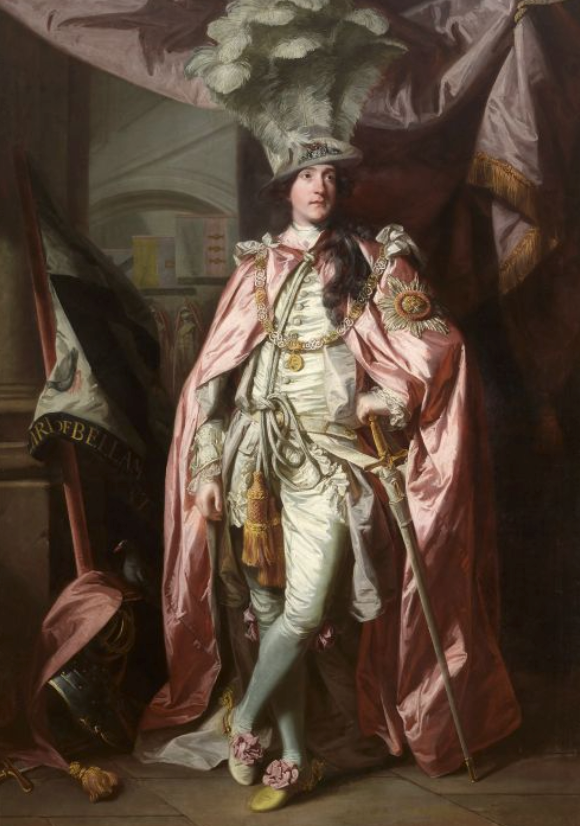
Pink Aesthetic: Why the World Is Obsessed with the Softest Shade of Power
The "pink aesthetic" has transformed from a sweet visual moodboard into a global cultural force. It shapes trends in fashion, film, politics, and design. But why does this particular color continue to hold such emotional and symbolic power?
The Legacy of Barbie: A Doll That Rewrote Pink
No cultural figure has done more for pink than Barbie. Since her launch in 1959, Barbie has been wrapped in every hue of pink—from bubblegum to magenta. The 2023 Barbie film reignited pink’s global relevance, showing how the color can represent identity, satire, empowerment, and playful critique all at once.
When Pink Meant Power: Men and the Color in History
In 18th-century Europe, pink wasn’t girly—it was masculine elegance. Aristocratic men wore pink silk coats, floral-embroidered waistcoats, and blush-toned stockings as a sign of wealth and refined taste. Pink was a lighter form of red, which symbolized power and virility. It communicated energy, creativity, and elite fashion sense. It wasn't until the 20th century that mass marketing flipped the script, assigning pink to girls and blue to boys.

A Color Without a Wavelength: The Science of Pink
From a chromatic perspective, pink is an extra-spectral color, meaning it doesn’t exist on the visible light spectrum. Our brains create pink by combining red and violet, two colors that are opposites on the rainbow. This unique visual phenomenon makes pink a “made-up” color—which aligns perfectly with its role in aesthetic culture: constructed, curated, and emotionally resonant.
Pantone, Emotion, and the Rise of Millennial Pink
Pantone named “Rose Quartz” (PANTONE 13-1520) the Color of the Year in 2016, marking the birth of Millennial Pink—a soft, muted pink that felt genderless, calming, and aesthetic-forward. It signaled a shift toward softer empowerment and became a staple of wellness brands, skincare labels, and minimalist lifestyle content. In 2023, “Viva Magenta” continued this evolution, pushing pink into a bolder, more energetic realm while still rooted in emotional softness.
Pink Around the World: One Color, Many Meanings
Pink is not a universal language—it’s a dialect shaped by culture. In Japan, it evokes cherry blossoms and impermanence; in Korea, it suggests youth and affection. In India, it’s a color of joy and power, prominent in weddings and cities like Jaipur. Senegalese fashion incorporates pink into bold pattern-driven designs, while in South Africa, pink can represent femininity, healing, and spiritual balance. Pink shifts meaning depending on where—and how—it's seen, proving it’s far more than a Western-coded idea.
Where Pink Aesthetic Thrives—and Why It Stays
The pink aesthetic is flourishing worldwide. In the U.S., it found renewed strength through Barbiecore, Y2K nostalgia, and wellness design. In Seoul and Tokyo, pink is a pillar of fashion, skincare, and tech product aesthetics. Latin America embraces bright, saturated pinks in art and music culture. Across all these regions, pink is both hyper-local and digitally global—spreading through Instagram, Pinterest, and TikTok as an accessible, feel-good form of self-expression. Its staying power comes from how it balances safety, softness, and self-definition.
A Color That Protests: Pink’s Political Dimensions
Far from passive, pink has been deeply political. In 2017, millions donned pink pussyhats in the Women’s March. The pink triangle, once a Nazi symbol of persecution, has been reclaimed by the LGBTQ+ community as a mark of pride and resistance. Activist groups like Code Pink use the color to convey peace through feminine strength. Pink has become a color that pushes back softly, but powerfully—inviting both emotional and visual rebellion.

Pink in Pop Culture: The Loudest Quiet Color
Pink has created some of the most iconic visual moments in pop culture. Elle Woods’ pink wardrobe in Legally Blonde, the opulent pastels in Marie Antoinette, the glossy chaos of Clueless, and Greta Gerwig’s Barbie all use pink to create rich, layered characters. Musicians like BLACKPINK, Janelle Monáe (PYNK), and even Pink Floyd use the color to provoke, celebrate, or contradict expectations. Pink in pop is never just aesthetic—it’s storytelling.
Beauty and Branding: Pink as a Marketing Superpower
In the beauty industry, pink is the ultimate emotional hook. Soft pink tones suggest gentle, clean skincare (think Glossier), while electric pinks imply fun, bold confidence (think Fenty or Kylie Cosmetics). Brands use pink to:
- Signal femininity without alienation
- Trigger emotional comfort
- Reflect self-care and mindful aesthetics
From blush palettes to moisturizer jars, pink isn’t just packaging—it’s psychology in color form.
Pink Is a Feeling
Pink aesthetic is more than a color trend—it’s a cultural compass pointing to where softness meets strength, where identity becomes visible, and where aesthetics speak louder than words. Whether used to protest, to decorate, or to define, pink tells a story we’re all still writing—one that’s bold, beautiful, and powerfully pastel.
Curious to learn more about fashion and how clothing shapes culture?
Check out some of our favorite reads:
-
Why the Oversized T-Shirt Became a Style Statement—and What It Says About You
-
How Much Is a Yard of Fabric? The Real Cost Behind the Stitch
Fashion is more than what you wear—it’s how you think, feel, and show up in the world.
